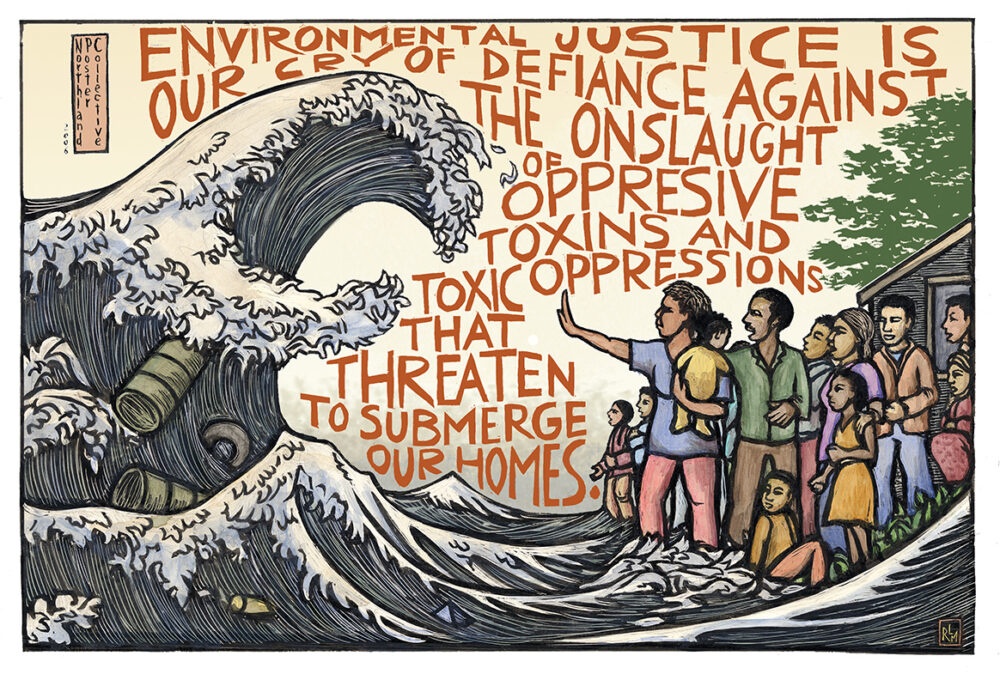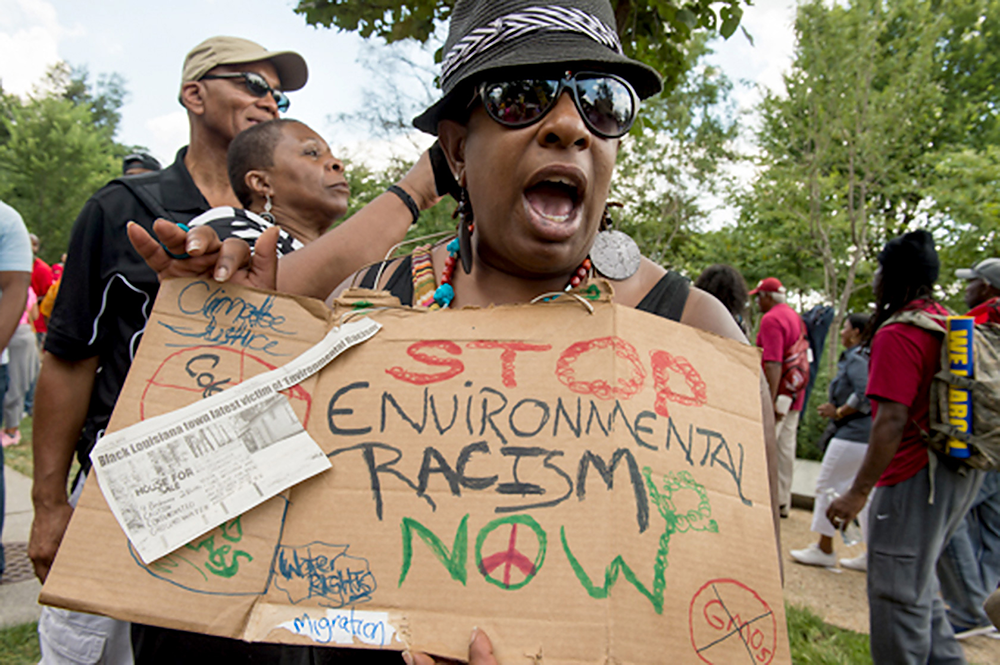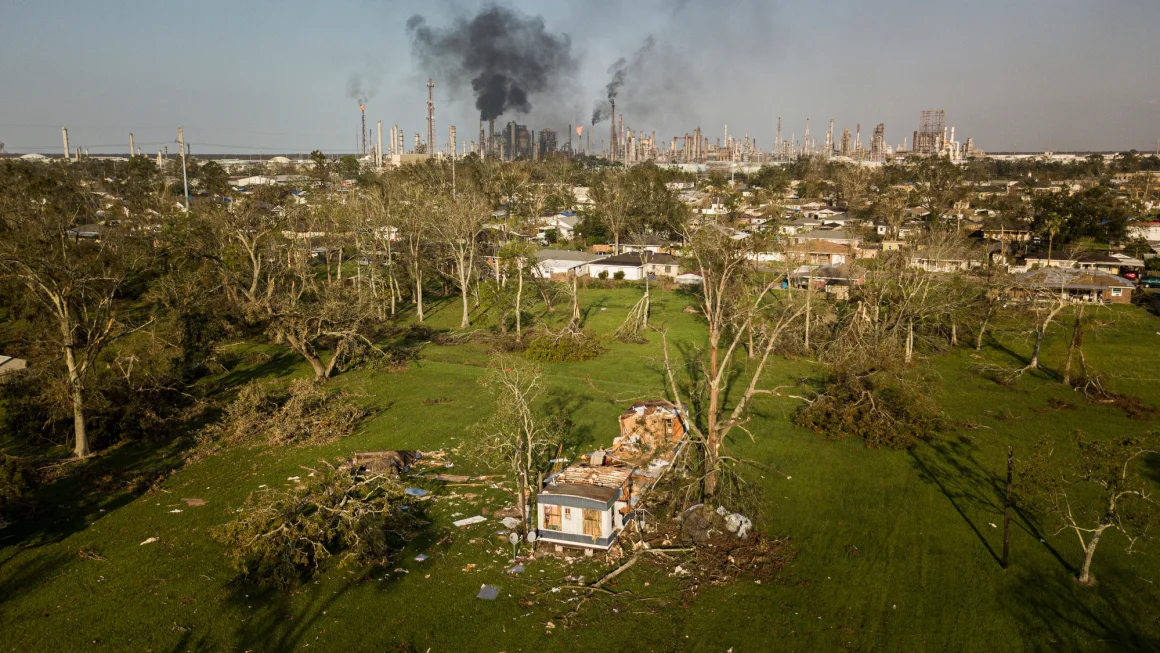- June 7, 2024
Introduction
Environmental racism refers to the disproportionate impact of environmental hazards on people of color and low-income communities. This form of systemic injustice often leads to marginalized groups living in areas with higher levels of pollution and fewer environmental protections. Understanding and addressing environmental racism is crucial for achieving environmental justice and ensuring the health and well-being of all communities.
What is Environmental Racism?


Environmental racism occurs when policies, practices, and regulations disproportionately burden minority communities with environmental hazards. This can manifest in various ways, such as the placement of hazardous waste facilities, landfills, and industrial plants in or near communities of color. These practices not only degrade the environment but also pose serious health risks to the residents.
Historical Context

The roots of environmental racism can be traced back to historical patterns of segregation and economic inequality. Discriminatory housing policies, redlining, and lack of political representation have often relegated minority communities to areas with fewer environmental protections. Over time, these areas have become sites for environmentally harmful activities, further perpetuating the cycle of injustice.
“Environmental justice is the movement to ensure that no community suffers disproportionate environmental burdens or benefits. The challenge is to address the environmental injustices facing communities of color and low-income communities and ensure equal protection and enforcement of environmental laws and regulations.” — Robert D. Bullard
Case Studies



Flint Water Crisis: The Flint water crisis is a stark example of environmental racism. In 2014, the city of Flint, Michigan, switched its water supply to the Flint River, which was highly contaminated. The predominantly African American population faced severe health issues due to lead contamination, highlighting the neglect and systemic failure to protect marginalized communities.
Cancer Alley: In Louisiana, an 85-mile stretch along the Mississippi River known as “Cancer Alley” is home to numerous industrial plants and refineries. The predominantly African American residents in this area suffer from high rates of cancer and respiratory illnesses due to toxic emissions, demonstrating the severe health impacts of environmental racism.
South Bronx, New York: The South Bronx, a predominantly Latino and African American community, has one of the highest asthma rates in the country. This is largely attributed to the high concentration of waste transfer stations, diesel truck traffic, and industrial facilities in the area.
Health Impacts
Environmental racism has significant health implications for affected communities. Exposure to pollutants and hazardous materials can lead to various health problems, including:
- Respiratory issues such as asthma and chronic obstructive pulmonary disease (COPD)
- Cardiovascular diseases
- Cancer
- Developmental and neurological disorders in children
- Mental health issues due to chronic stress and exposure to hazardous environments
Economic and Social Impacts
In addition to health effects, environmental racism exacerbates economic and social inequalities. Marginalized communities often lack the resources to relocate or mitigate the impacts of environmental hazards. This can lead to:
- Reduced property values and economic disinvestment
- Limited access to quality healthcare and education
- Increased healthcare costs due to chronic illnesses
- Lower quality of life and decreased life expectancy
Addressing Environmental Racism
Policy Changes: Implementing and enforcing environmental regulations that protect all communities equally is essential. Policies should prioritize the cleanup of polluted areas and prevent the placement of hazardous facilities in marginalized communities.
Community Engagement: Empowering affected communities through education, advocacy, and political representation is crucial. Community members should have a say in environmental decision-making processes that impact their lives.
Corporate Accountability: Holding corporations accountable for their environmental practices is necessary. Companies should be required to conduct environmental impact assessments and adopt sustainable practices that minimize harm to all communities.
Research and Data Collection: Conducting research on the impacts of environmental racism and collecting data on pollution levels and health outcomes in affected communities can inform policy and advocacy efforts.
Conclusion
Environmental racism is a significant barrier to achieving environmental justice and equity. By understanding its impacts and advocating for systemic changes, we can work towards a future where all communities have access to a safe and healthy environment. It is imperative to address the root causes of environmental racism and ensure that marginalized communities are not disproportionately burdened by environmental hazards.
